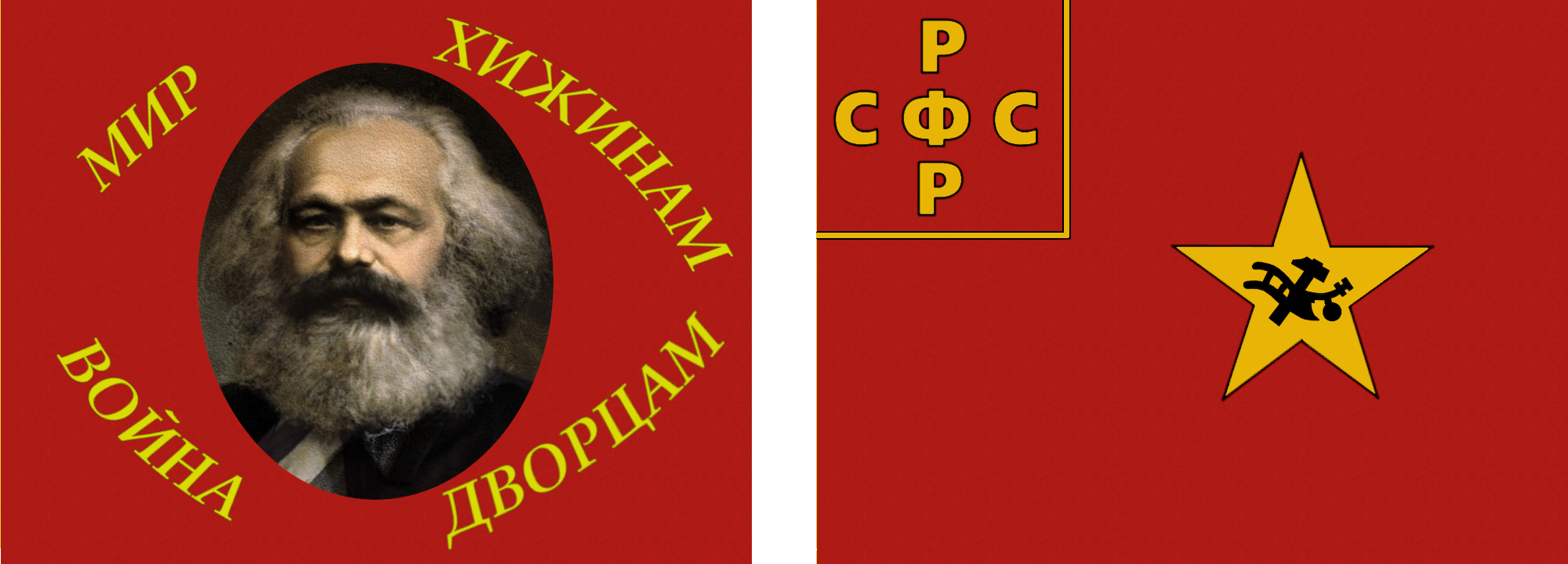
Flags in the Red Army
The Red Army of the Civil War was keen on flags. Divisions, regiments, battalions, even companies had individualised flags. And it wasn't just the regular infantry and cavalry – the artillery divizions, interior troops, short-lived kursant units, etc, they all had flags. On the battlefield they fulfilled two separate roles – to help locate the various staff elements and to lead at the front of the troops. Red Army units should clearly have flags.
One feature of Soviet flags of the time was that they were usually different front and back – the reverse was not a mirror image of the front. This means even if you know what the front of the flag looks like, from a photo say, you can't tell what the back is. This means we have strong evidence for rather fewer flags than we might expect. (It's a little known fact, but the 1980 flag of the USSR was like that – the reverse was plain red, without the hammer and sickle.)
Many gamers are hesitant to make their own Soviet flags since they have no Russian, and search or buy for known ones. This leads to all sorts of oddness, as battalions march into battle with flags for a divisional HQ, alongside cavalry bearing late 1920 banners that were for artillery units, and sailors have Anarchist slogans that no komisar would ever allow. Also, since the number of adequately attested flags is quite low, you see the same ones again and again.
Fortunately there is another way.
Generalisations
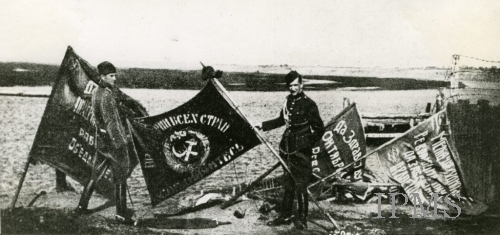
Flags captured by the Poles
In the course of their war the Poles captured a lot of flags, and information about them allows us to discuss common themes.
Most were a ratio of about 3:2, although some were square and a few closer to 2:1. Many of them were reasonably crudely made, with most being painted on coarse cotton. A few were well made, being embroidered on quality material. This allows you a great deal of scope in size, colour and professionalism.
The base colour was red, in various shades, sometimes quite dark. It might be bordered in yellow, or fringed in gold. The writing on them was mostly in yellow/gold, sometimes white, and less often black.
One side generally had the unit's name, often abbreviated, around a fairly standard Soviet logo of some kind. The other side had a slogan of some sort, often with a picture that was relevant to the unit's origins. Some had fairly involved paintings of workers, soldiers etc on them.
They often bear the country's name. In the case of the Russian units, that is РСФСР (RSFSR) and is often in the top left on the front, as on the national flag. Some Ukrainian Soviet units might have УССР (USSR) instead.
The ones in pictures beside people show that they were often quite large, up to 1.5 metres along the pole. However, photos tended to be of the most spectacular flags and of parades. Field battalion, squadron and company flags tended to be smaller.
Some Examples

The front has a crude hammer and sickle with branch and "RSFSR, HQ, 2nd Brigade, 4th Cavalry Division, 1st Horse Army".
The back has a horseman, with the slogan "Workers of all countries, unite!". (The off centre picture may be because the flag was extended as some time – this one is unusually wide for its height.)
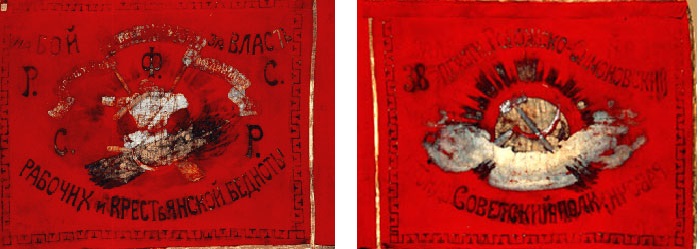
The front has "38th Infantry Rogozhsk-Simonovsk Soviet Regiment" around a hammer and sickle, in what I think was a radiant sun.
The back has "In the fight for power" across the top, "RSFSR" in the middle and "Workers and poor peasants" underneath. The picture is obscure but obviously elaborate.
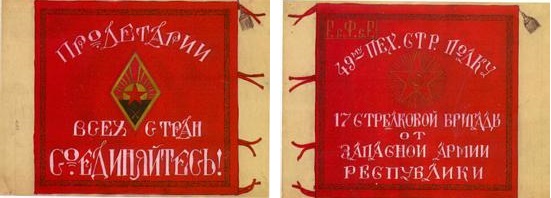
The front has "RSFSR" in the top left in gold. In an ornate white script it has "49th Infantry Rifle Regiment", a radiant Red Army star, then "17th Rifle Brigade, Reserve Army, of the Republic".
The back has another "Workers of all countries, unite!" around a Red Army badge for the Reserve Army.
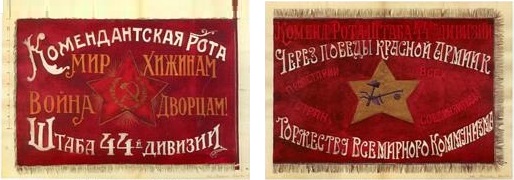
Faded out, across the top is "Commander's Company HQ 44th Division". In white is "Through the victories of the red army, to the glory of worldwide Communism". There is a yellow star with crude hammer and plough, surrounded in faint lettering by "Workers of all countries, unite!".
The reverse has "Commander's Company HQ 44th Division" in white, with gold "Peace to the huts, war to the palaces!" around a radiant star with wreathed hammer and sickle inside.
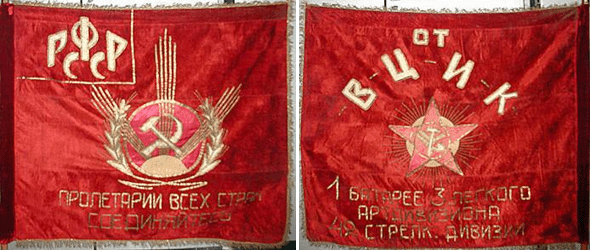
This is an Honorary Red Banner, awarded to units for conspicuous bravery, rather like a medal. This format of flag was not laid out until May 1920, so although banners had been awarded prior to that, their form would have differed.
The front has "RSFSR" in the top left in gold, as on the national flag. The hammer and sickle over glorious sun of the Communist future in branches. Underneath is "Workers of all countries, unite!".
The back has ОТ ВЦИК, being the abbreviation for Honorary Red Banner. Underneath is the unit's name, this time the 1st Battery of the 3rd Light Artillery Divizion of the 42nd Rifle Division. The star, over radiant sun, bears a hammer and plough.
The Cyrillic wordings for the flags shown above as a pdf file. (Web sites really don't like working in two scripts, so any Cyrillic I put in here cannot be cut and pasted.)
Making One's Own Flags
So using a few of the basic symbols that are repeated in various ways, a unit name and a slogan or two, we can create realistic flags relatively easily. Yes, they aren't known historical ones, but at least they will be correct for the troop type carrying them.
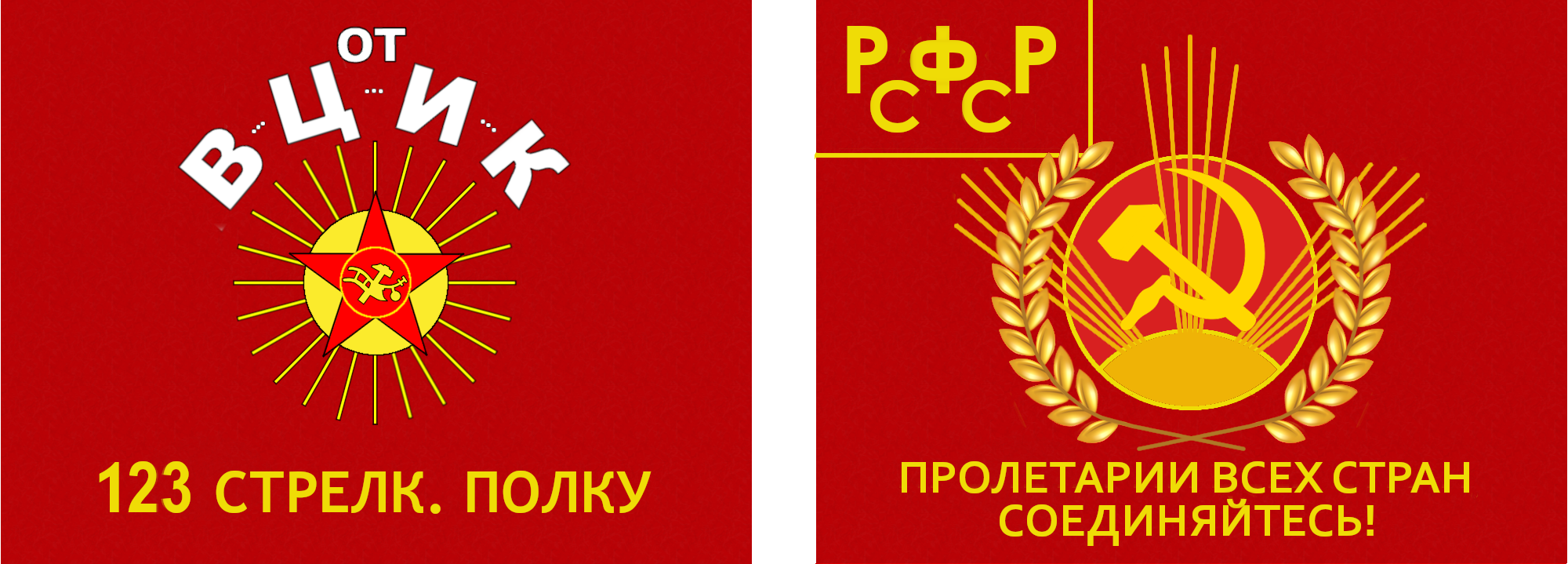

This is a layout for an Honorary Banner. In this case the 123rd Rifle Regiment.
The extra bit below allows the number to be altered by cut and paste, or made into a cavalry regiment instead.
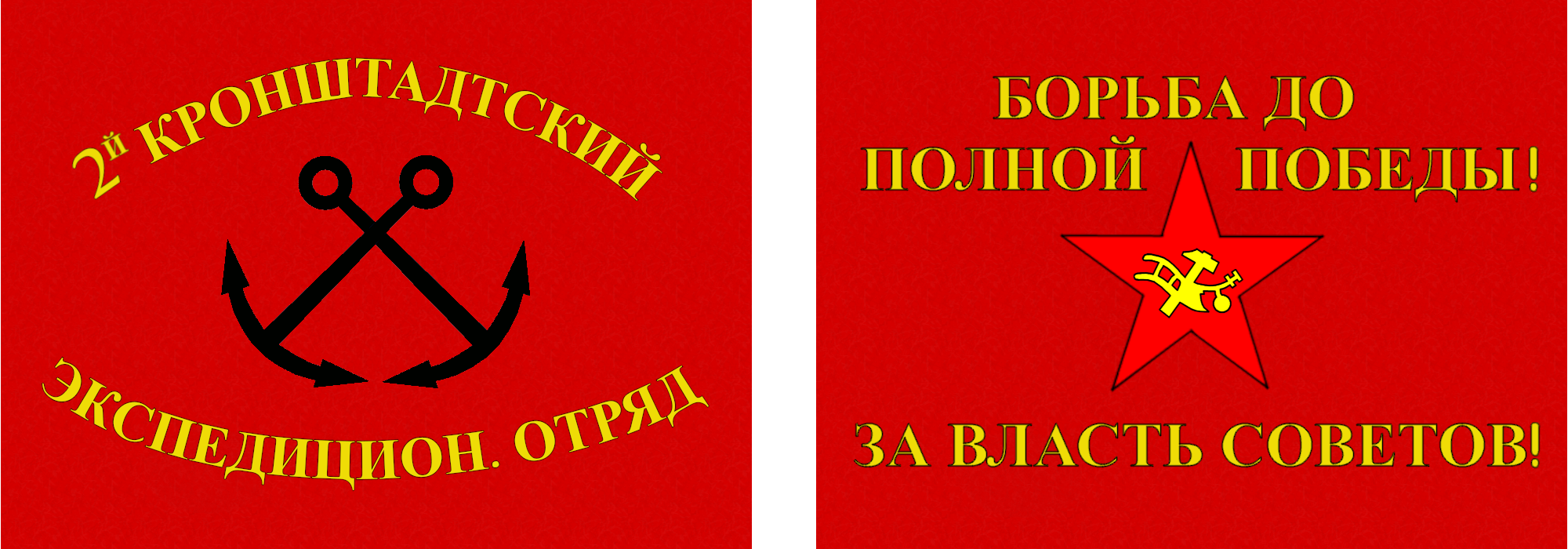
A flag for the 2nd Kronstadt Expeditionary Detachment of sailors.
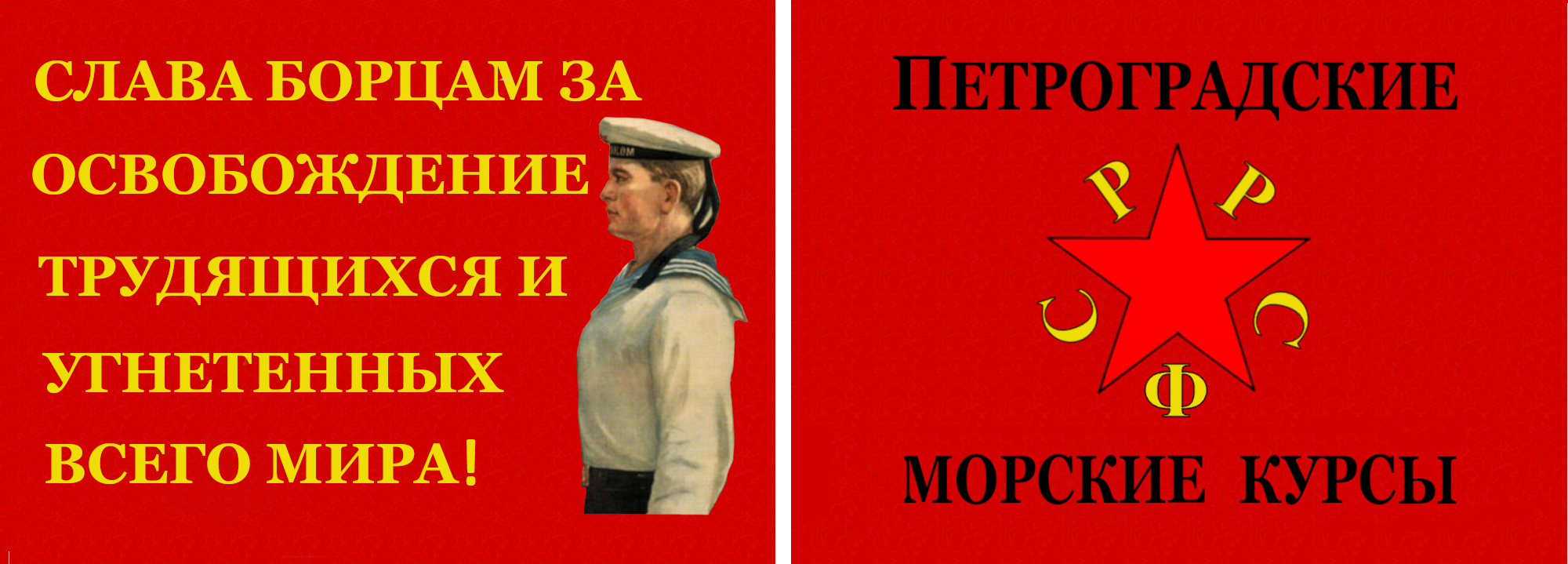
Petrograd Naval Kursanty. The letters around the star were on the Naval Ensign at the time.
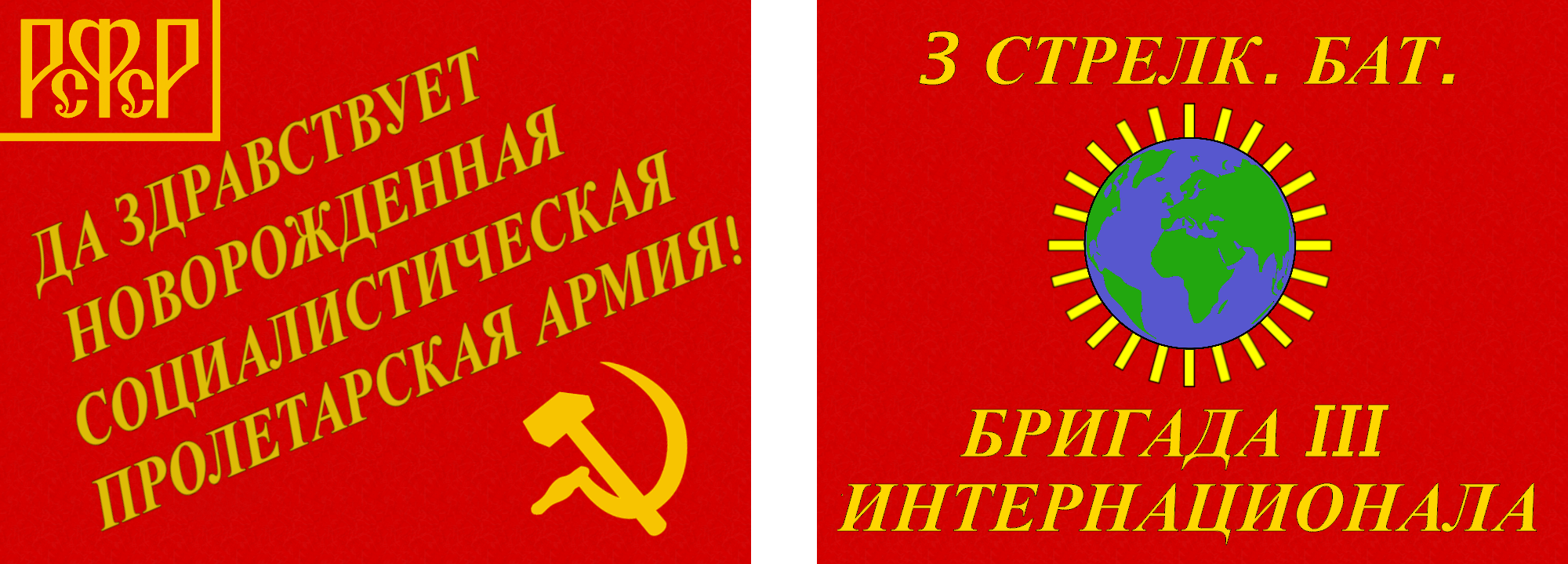

A potential banner for the 3rd Rifle Battalion of the Brigade of the 3rd International. This was an internationalist unit that fought to the end of the war.
The extra bit allows it to be altered to the HQ, 1st or 2nd Battalions, or the Cavalry Divizion.

Red cavalry often had pennons, as was traditional for European cavalry. The ones I have seen are single tail, as above, and seem to have been at squadron level. (Tsarist cavalry generally had two tails for squadrons/sotnias.)
15mm
My own flags were less elaborate, because they are 15mm and you don't see too much if you get too complicated at that scale. Also while I printed them, I tend to paint them on top to increase the depth of colour and there is a limit to how small I can paint. So I tended to go for larger text in simpler fonts than strictly accurate, and less overt decoration.
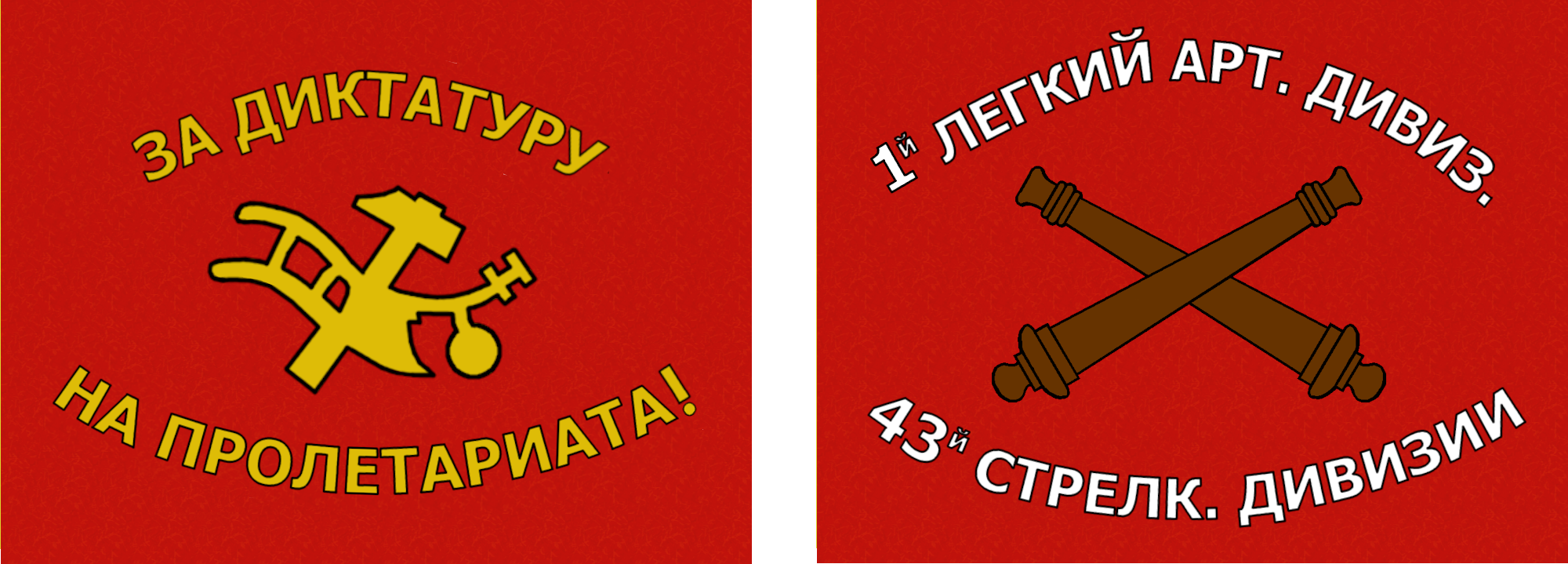
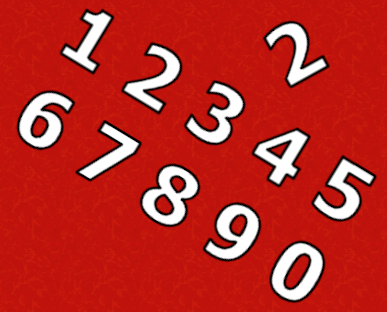
A simplified generic light artillery flag, for the 1st Light Artillery Divizion of the 43rd Rifle Regiment.
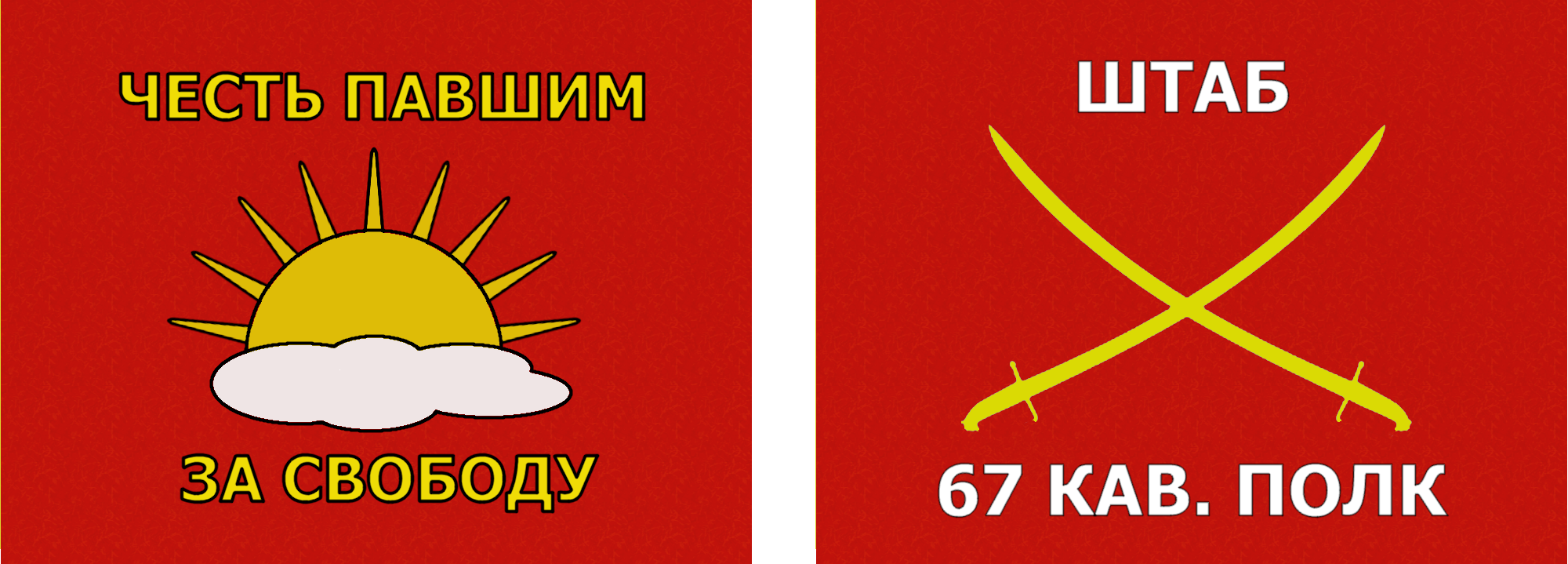
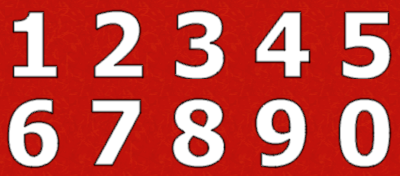
A simplified generic flag for a cavalry regiment command.

A flag for the 3rd Petrograd Regiment, which was largely made up of Putilov Workers.
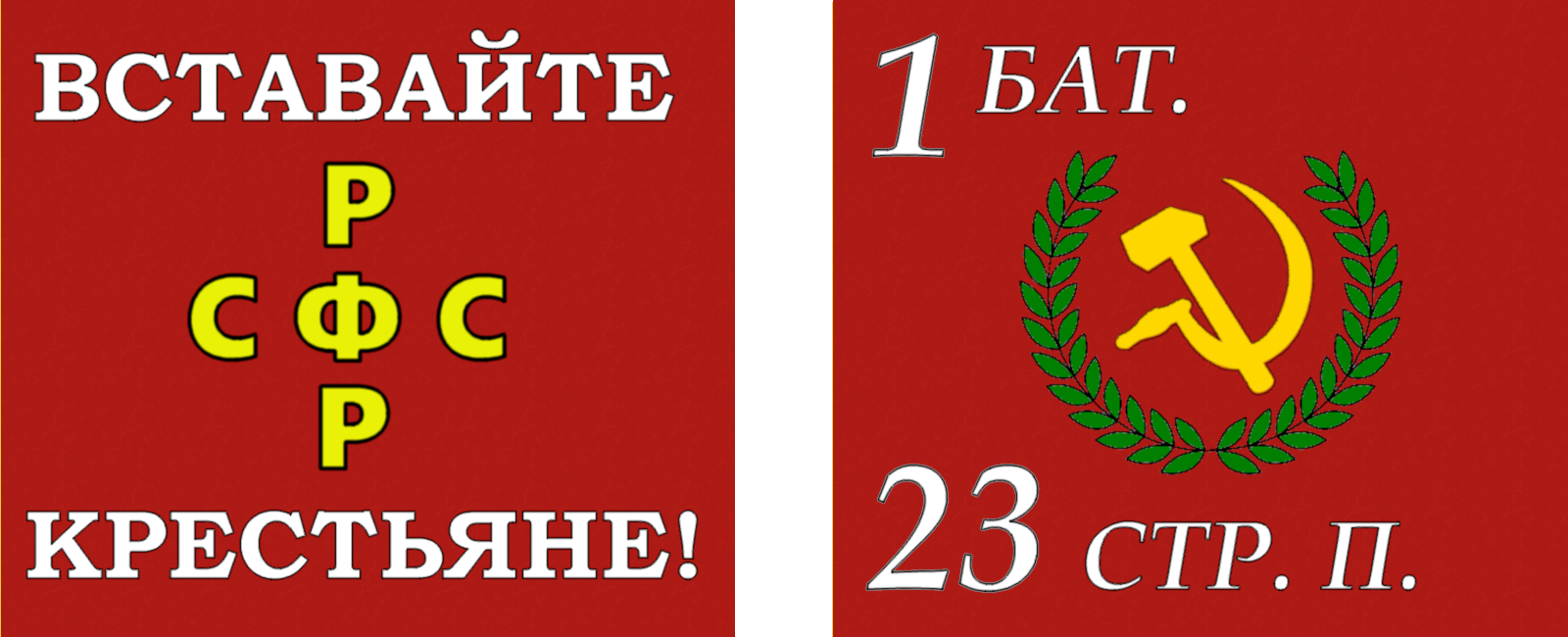
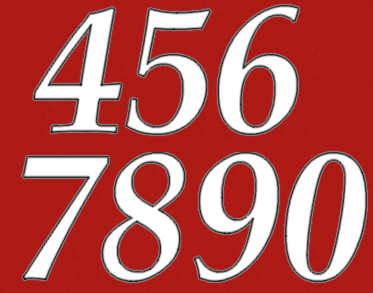
Generic battalion flag, for the 1st battalion of the 23rd Rifle Regiment.
I would make these smaller than the regimental flags.
So by combining symbols found on historical flags, slogans of the time and unit numbers you can generate your own flags pretty quickly.
This is a page of the slogans I used in the flags above, with a few others, plus a guide to unit names.
Flags without Unit Names
